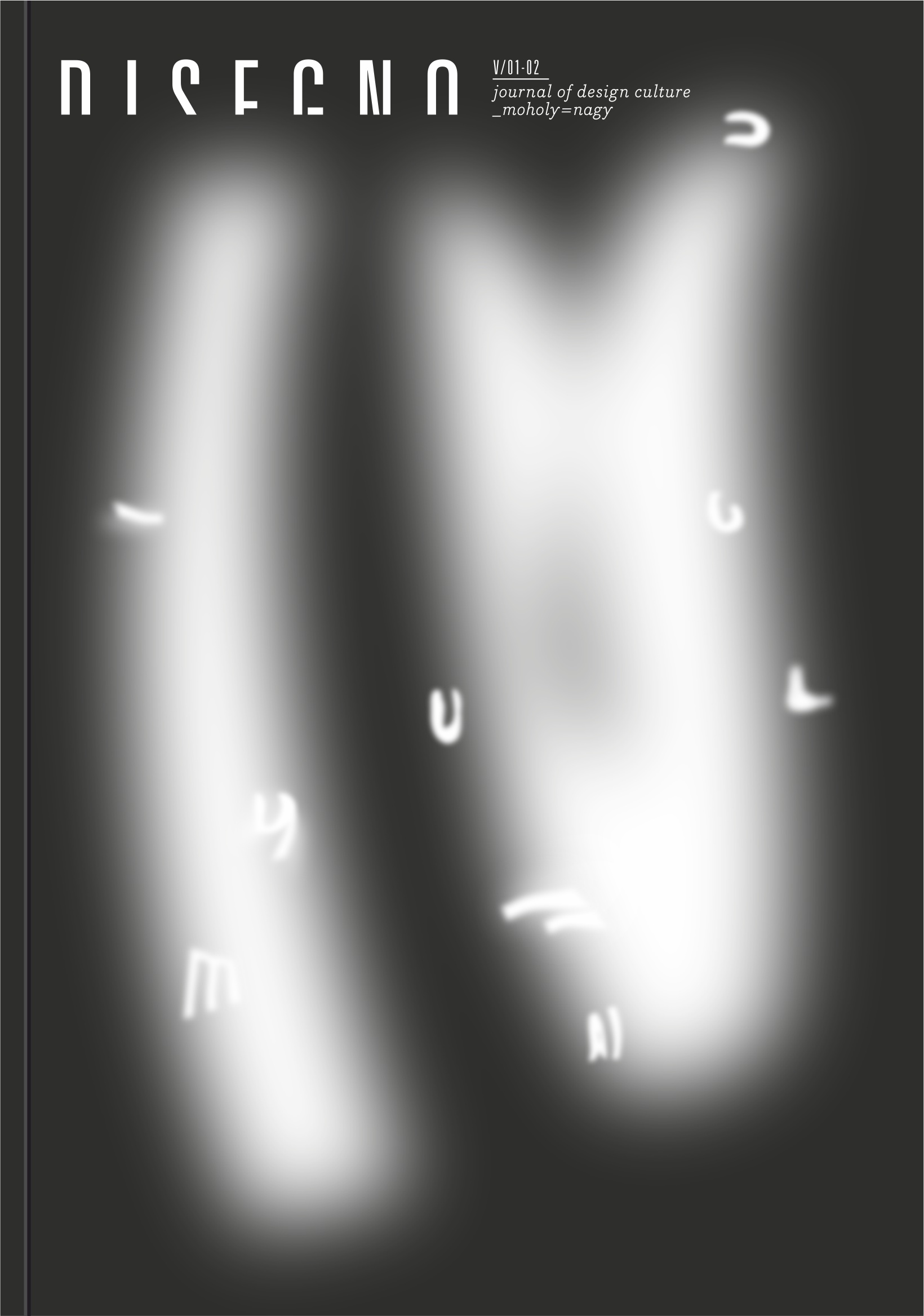Communal Response(s)
Communal Response(s)
Designing a Socially Engaged Nature Recovery Network
Author(s): Rob PhillipsSubject(s): Regional Geography, Environmental Geography, Civil Society
Published by: Moholy-Nagy Művészeti Egyetem
Keywords: Communal Legacies; Socially Engaged Design; Design Ecologies; Ecological Citizenship
Summary/Abstract: The 1940s New Bauhaus professor Moholy-Nagy was the pioneer of the concept “design for life”, promoting communal methodologies and technological alliances. He also fostered empathy and new models of citizenship. Today industrial and individual actions are the cause of dramatic environmental consequences, which require us to transition to sustainable, communal, ethical, and circular designed interventions: interventions which consider their own end of life, repair, and circularity. Authors typically interpret Moholy-Nagy’s “design for life” metaphorically in “life around us” and create design interventions which foster new behaviors and communal approaches. Distributed design approaches enable communities to have agency over environmental challenges that impact them, meeting their contextual needs. Communal Response(s) (that is when a community responds to something it affects it) presents and discusses a design-led vision, coalescing Open Design, Engaging Design, Nature and Ecological Citizenship. Communal Response(s) collectively empower societies as digitally amassing environmental data will become more commonplace. These “public interest technologies”, which accrue data/evidence, are known as Citizen Science (CS). We present projects, literature, and conceptual practice(s) to signpost scalable and communal opportunities. The article consolidates “preferable future(s)” through narratives, and is validated by leading wildlife experts. This design-led and “socially engaged” Nature Recovery Network seeks to empower dispersed communities through their alignment in a design space. The “design space” moves beyond conventional models, delivering communal design(s). The narrative proposition(s) empower local environmental and cooperative responses, with the potential to scale. The construct presents an embedded vision of socially engaged design in relation to Moholy-Nagy’s “design for life”, with legacies that impact the natural world. Its audiences are design agents, ecological parties, communities, and strategists who are committed to “communal design for transition” to sustainable practices.
Journal: Disegno – a designkultúra folyóirata
- Issue Year: V/2021
- Issue No: 1-2
- Page Range: 110-140
- Page Count: 31
- Language: English

